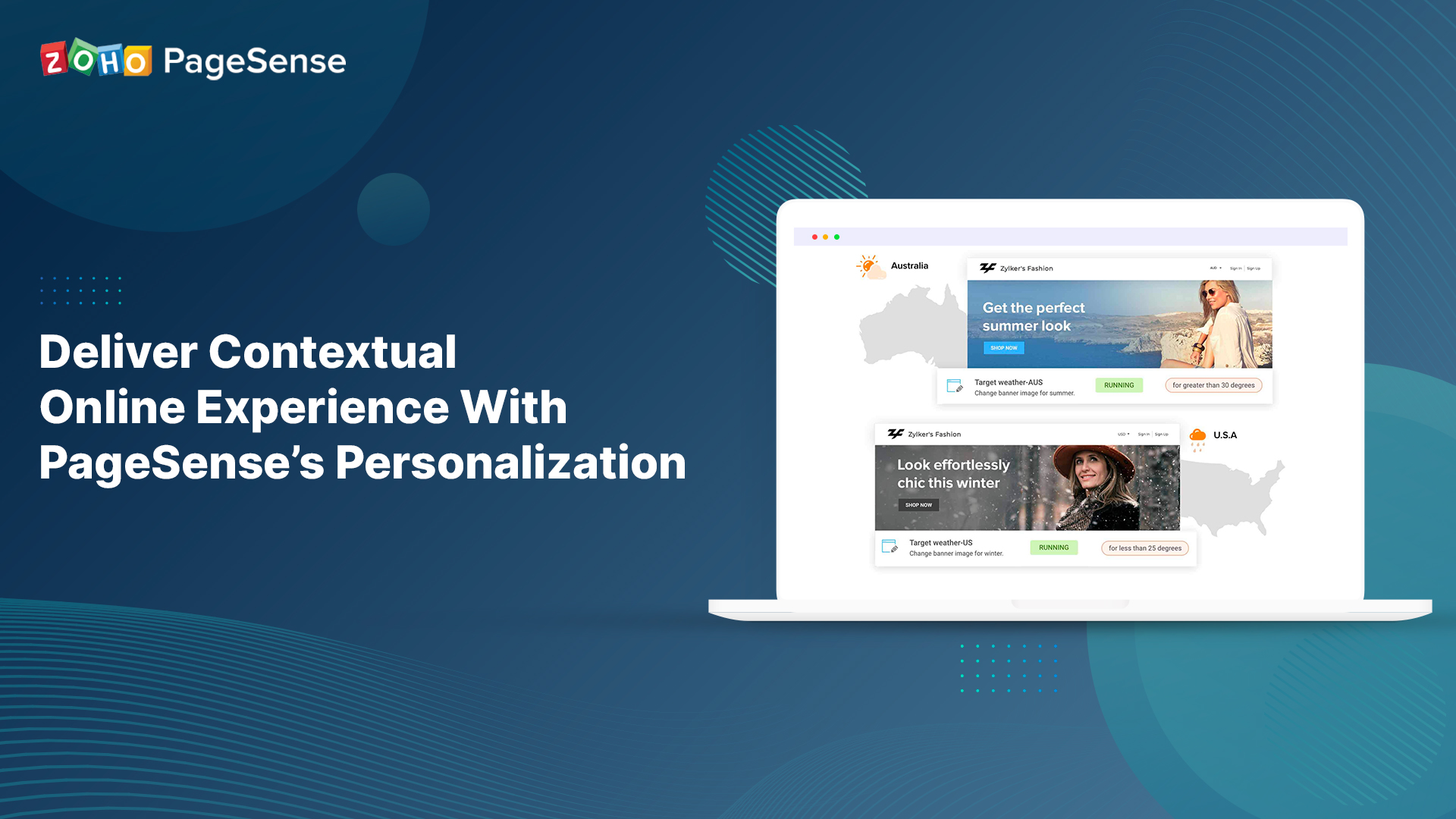Content Delivery Networks (CDNs) enhance content personalization and user experience by:

1. Content Caching:

- CDNs store frequently accessed content at geographically dispersed edge servers.
- When a user requests content, the CDN serves it from the closest edge server, reducing latency and improving loading speeds.
2. Adaptive Bitrate Streaming:

- CDNs enable adaptive bitrate streaming, which adjusts the video quality based on the user’s bandwidth and device capabilities.
- This ensures a smooth and high-quality viewing experience, regardless of the network conditions.
3. Device Detection and Optimization:
- CDNs detect the type of device accessing the content, such as mobile, tablet, or desktop.
- They can optimize the delivery of content based on the device’s capabilities, ensuring a seamless user experience.
4. Geolocation:
- CDNs use geolocation technology to determine the user’s physical location.
- This allows them to deliver content that is relevant to their region, such as language localization or local advertisements.
5. Security Enhancements:
- CDNs provide security features such as encryption and DDoS mitigation.
- This protects user data and the websites and applications that use CDN services.
6. Traffic Management:
- CDNs help manage website traffic by optimizing load balancing and distributing it across multiple servers.
- This prevents website outages and ensures website availability for users.
7. Data Analytics and Reporting:
- CDNs provide data analytics and reporting tools that allow website owners to track user behavior and content performance.
- This data can be used to further personalize content and improve user experience.
Benefits of Using CDNs for Content Personalization and User Experience:
- Faster loading speeds: Reduced latency and caching improve website and app responsiveness.
- Enhanced video quality: Adaptive bitrate streaming delivers high-quality videos with minimal buffering.
- Improved device compatibility: Content is optimized for different devices, ensuring a consistent user experience.
- Localized content: Geolocation allows for targeted content delivery based on the user’s location.
- Increased website availability: Load balancing and DDoS mitigation prevent outages and ensure website accessibility.
- Data-driven insights: Analytics and reporting tools provide valuable insights into user behavior and content performance.## How Cdns Enhance Content Personalization and User Experience
Executive Summary
CDNs (Content Delivery Networks) are globally distributed networks of servers that deliver web content faster and more reliably to users worldwide. By caching and optimizing content, CDNs significantly improve page load speeds, reduce latency, and enhance user experience. Moreover, CDNs offer advanced features like content personalization, which further enhances user engagement and satisfaction. This article explores how CDNs facilitate content personalization and its impact on user experience.
Introduction
In the competitive digital landscape, delivering personalized and engaging content to users is paramount for businesses. Content personalization involves tailoring content to meet the specific preferences, interests, and needs of individual users. CDNs play a crucial role in this process by enabling efficient delivery of personalized content, leading to improved user experience, increased engagement, and ultimately, better business outcomes.
FAQs
-
What is the role of a CDN in content personalization?
- CDNs cache and deliver personalized content from multiple locations, reducing latency and improving load speeds.
- They provide edge computing capabilities, enabling real-time personalization based on user data.
-
How does a CDN support real-time content personalization?
- CDNs can be integrated with personalization engines to analyze user behavior and provide tailored content recommendations.
- They offer caching and optimization features that ensure fast delivery of dynamic, personalized content.
-
What are the benefits of using a CDN for content personalization?
- Enhanced user experience with faster page loads and seamless content delivery.
- Increased conversion rates due to personalized content that resonates with users.
- Improved customer satisfaction and loyalty through tailored content interactions.
Top 5 CDN Features for Content Personalization
Content Caching
- Dynamic Content Caching: Allows CDNs to cache personalized content based on user profiles, ensuring fast delivery of tailored content.
- Multi-Location Caching: Distributes cached content across multiple servers, reducing latency and improving load speeds for users worldwide.
- Adaptive Delivery Optimization: Optimizes content based on user device, network conditions, and location, ensuring smooth playback of personalized videos and other multimedia.
Edge Computing
- Real-Time Personalization: Enables CDNs to host and execute personalization engines at the edge, allowing for real-time analysis of user behavior and delivery of dynamically tailored content.
- Geolocation Services: Provides location-based personalization by delivering content based on the user’s geographic location.
- A/B Testing: Allows CDNs to conduct split tests to evaluate different personalization strategies and optimize content delivery for optimal user engagement.
User Profiling
- User Segmentation: Enables CDNs to group users based on demographics, interests, and behavior patterns, facilitating targeted content delivery.
- Behavioral Analysis: Tracks user interactions, such as page views, clicks, and purchases, to build personalized recommendations and content experiences.
- Data Privacy Compliance: Ensures user data privacy and compliance with data protection regulations, maintaining trust and confidence.
Integration with Personalization Tools
- API Integrations: CDNs can seamlessly integrate with personalization platforms, CRM systems, and marketing automation tools.
- Web Analytics Tracking: Collects data from web analytics tools, such as Google Analytics, to inform personalization decisions and track campaign performance.
- Marketing Attribution: Provides insights into the effectiveness of personalized content, enabling marketers to optimize campaigns and allocate resources efficiently.
Conclusion
CDNs are not only essential for delivering content faster and more reliably but also play a critical role in content personalization. By leveraging caching, edge computing, user profiling, and integration with personalization tools, CDNs enhance user experience, increase engagement, and drive business outcomes. In today’s digital age, where personalization is key, CDNs are a valuable asset for businesses that seek to deliver tailored and impactful content to their users.
Keyword Tags
- Content Personalization
- Content Delivery Networks
- User Experience
- Edge Computing
- Real-Time Personalization
